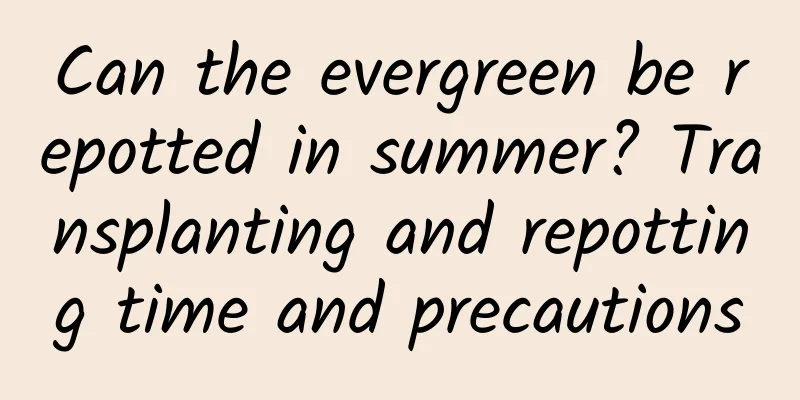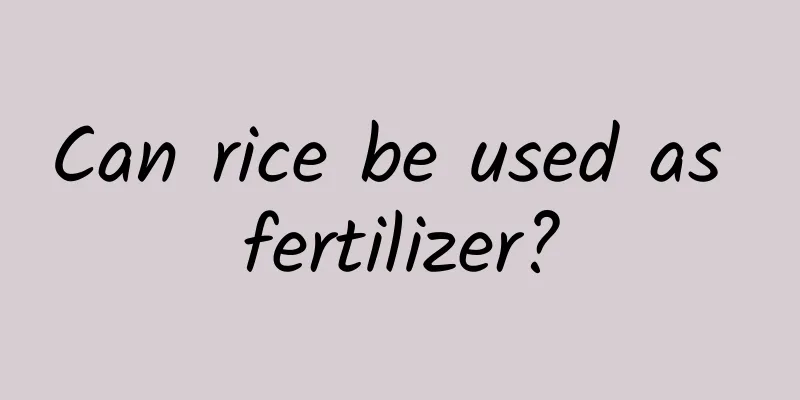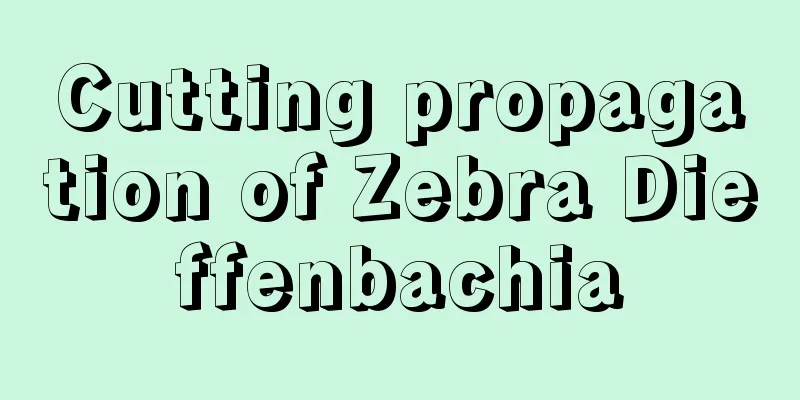How to fertilize Tillandsia?

Fertilizer selection:Potassium fertilizer, phosphorus fertilizer, nitrogen fertilizer, and magnesium fertilizer; potassium fertilizer can shorten and widen the leaves and increase the mass of the leaves; phosphorus fertilizer can promote the plant's internal transportation; nitrogen fertilizer can make the leaves brighter; magnesium fertilizer can promote the synthesis of chlorophyll and enzymes. Avoid boron fertilizer. Fertilizer ratio:Potassium fertilizer: phosphorus fertilizer: nitrogen fertilizer = 1:0.5:1, and the magnesium fertilizer content is best at 12%. Fertilization method:Fertilize once every half a month, the concentration should be light, but the interval between fertilization can be shortened appropriately. When applying fertilizer, it is necessary to water the plant, especially in hot summer. Be careful not to let the soil become too dry. There cannot be any boron fertilizer at all, even a small amount can cause damage to the plant. Do not make the fertilizer concentration too high, as this will easily burn the roots and be extremely detrimental to its growth. When newly planting Tillandsia, you should wait until the roots grow to more than 2 cm before applying fertilizer normally. If you are trying to promote flowering of your iron orchid on a daily basis, you should stop fertilizing before and after the flowering for about 20 to 25 days. When applying fertilizer, try to keep it away from the roots. If it is solid fertilizer, you can bury it in the soil far away from the roots, not too deep, and combine it with watering to allow the fertilizer to be better absorbed by the roots. If it is liquid fertilizer, do not make the soil too moist. Fertilization is to supplement the nutrients needed for its growth and make it grow more healthily. However, the preparation of the soil is particularly important, and the quality of the soil is also related to the utilization rate of the fertilizer after fertilization. Therefore, the most suitable soil is a mixture of 1 part perlite + 10 parts peat soil. |
<<: How to deal with the rain orchid after it withers
>>: How often should I water Clivia?
Recommend
How to Plant Papaya Seeds
Papaya seed planting time Papaya likes a warm env...
Other people's succulents are as beautiful as flowers, but yours are just like dogs. I'm so sad.
You think Tia looks like this, a small fresh jell...
The flower language and meaning of tobacco, what are the legends?
1. Flower language and meaning 1. I love nothing ...
How to fertilize lucky bamboo
1. Soil culture fertilization method When fertili...
Precautions for repotting bonsai plants How to repot bonsai plants
When growing flowers at home, you often need to c...
How to water mint
1. Watering method When growing mint, if it is pl...
When does the desert rose bloom?
1. Which month does it bloom? This plant blooms t...
The Flower Language and Legend of Tuberose
The Flower Language of Tuberose The flower langua...
How to grow small-leaf gardenia
1. Breeding environment (1) Soil: The most import...
Sweet potato potted planting method Home soilless sweet potato cultivation method
Flowers and plants can decorate your home and bal...
How often should I water Schefflera?
How often should I water Schefflera? The frequenc...
How and when to plant bitter melon
Planting time and month of bitter chrysanthemum C...
Why does Schefflera spheniscus drop its leaves?
1. Improper watering The leaf shedding of Scheffl...
How to make carnation tea
1. Benefits of this drink Its efficacy and effect...
How to grow hydrangea (home growing method)
1. Potting soil When breeding, you can mix sandy ...









